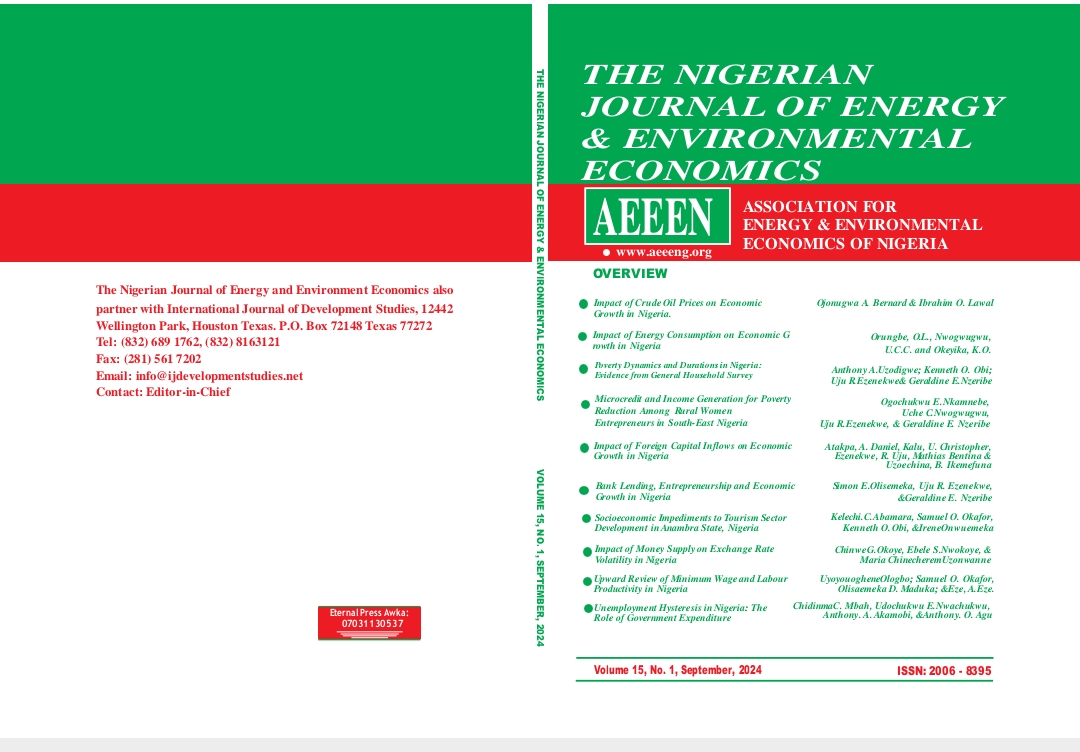UNEMPLOYMENT HYSTERESIS IN NIGERIA: THE ROLE OF GOVERNMENT EXPENDITURE
Keywords:
Unemployment, Government Expenditure, Hysteresis, VARAbstract
The levels of unemployment have notably remained elevated and persistent in Nigeria. Drawing on the theoretical concepts of hysteresis and the natural rate hypotheses, unemployment was suspected to exhibit hysteric behaviour. Government expenditure, often utilized as a fiscal policy tool to address unemployment, was considered a potential catalyst for hysteresis in unemployment rates. To substantiate these assumptions, this study investigated the role of government expenditure in the hysteresis of unemployment in Nigeria from 1970 to 2022. The study employed unit root tests with structural breaks and Markov-Switching regression analysis to assess the presence of hysteresis in Nigeria's unemployment rates. Additionally, a standard Vector Autoregressive Model (VAR) was employed to examine the direct impact of government expenditure on unemployment and inflation in Nigeria, shedding light on the implied role of government spending in the hysteresis of these economic indicators. The unit root results indicated the presence of hysteresis in Nigeria's unemployment. Markov-Switching regression results suggested substantial differences between the first and second regimes of the unemployment rate in Nigeria, with potential shifts between low and high
unemployment. The VAR results revealed that changes in government expenditure in Nigeria would negatively influence the unemployment rate, with the effect diminishing over time but perceived as permanent. Hence, unemployment in Nigeria exhibits hysteric behaviour. Recommendations include sustaining efforts to keep unemployment rates low, focusing on determinants like domestic investment and ease of doing business. Lastly, strengthening institutions to prevent resource mismanagement is also emphasized.


